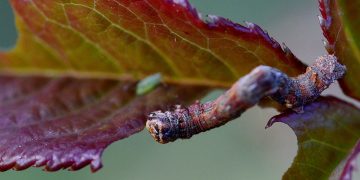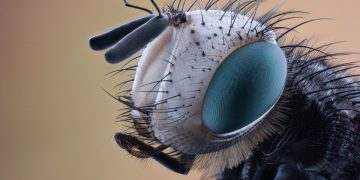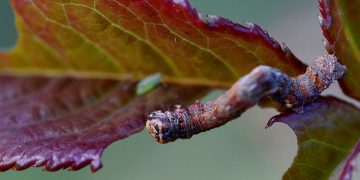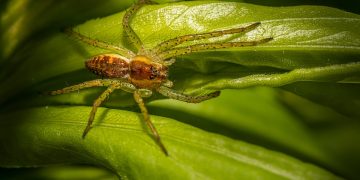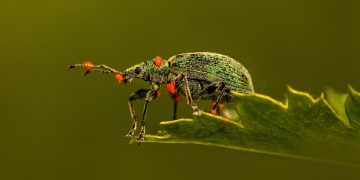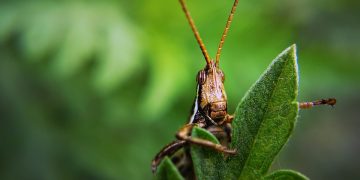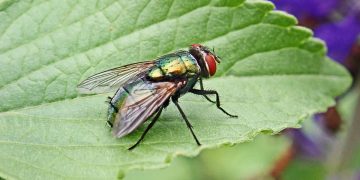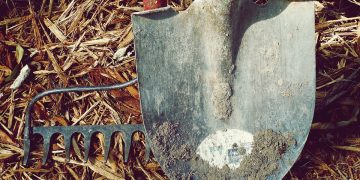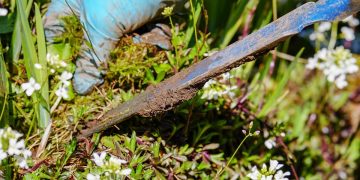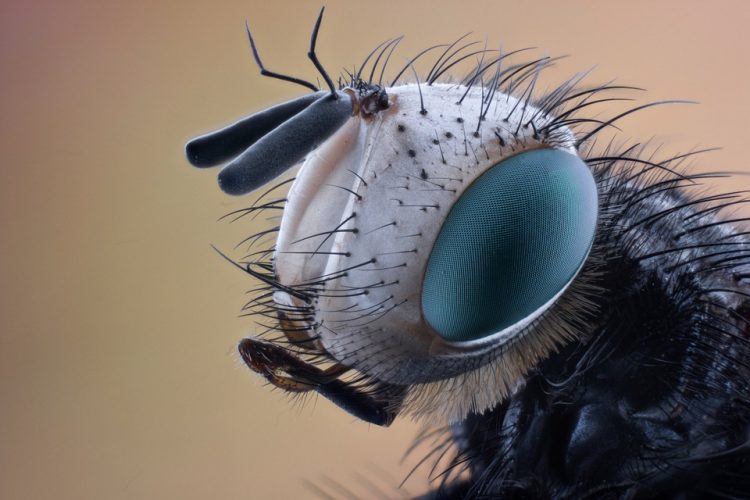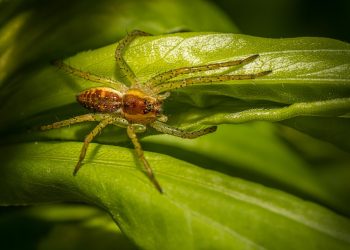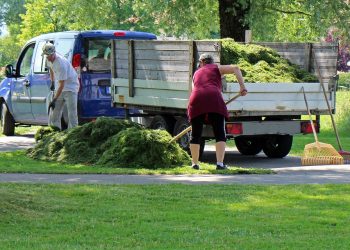The Ultimate Guide to Pest Prevention: Effective Strategies to Keep Your Home Pest-Free
Pests are a common nuisance that can invade your home and cause a variety of problems. From rodents to insects, these unwanted guests can carry diseases, damage property, and create an uncomfortable living environment. The good news is that there are effective strategies you can implement to keep your home pest-free. In this comprehensive guide, we will explore the best practices for pest prevention and provide you with the tools you need to protect your home.
Identifying Common Pests
Before you can effectively prevent pests from entering your home, it’s important to understand the types of pests that are commonly found in residential settings. Some of the most common pests include:
- Ants
- Cockroaches
- Rats and mice
- Spiders
- Termites
- Bed bugs
By familiarizing yourself with these pests and their habits, you can better prepare yourself to prevent them from entering your home.
Effective Pest Prevention Strategies
There are several key strategies that can help you keep your home pest-free. Here are some effective ways to prevent pests from invading your living space:
1. Keep Your Home Clean and Tidy
Pests are attracted to food, water, and shelter. By keeping your home clean and tidy, you can eliminate these attractants and make your home less appealing to pests. Be sure to regularly clean up spills, take out the trash, and keep food stored in airtight containers.
2. Seal Entry Points
Pests can enter your home through even the smallest cracks and crevices. Inspect your home for potential entry points and seal them with caulk or weather stripping. Pay special attention to areas around doors, windows, and pipes.
3. Remove Standing Water
Standing water can attract pests like mosquitoes and rodents. Be sure to eliminate any sources of standing water in and around your home, such as clogged gutters, leaky faucets, and birdbaths.
4. Trim Trees and Shrubs
Overhanging trees and shrubs can provide pests with easy access to your home. Keep trees and shrubs trimmed to prevent pests from using them as a bridge to your home.
5. Store Firewood Away from Your Home
Firewood can attract pests like termites and ants. Store firewood at least 20 feet away from your home and off the ground to prevent pests from using it as a nesting site.
Common Questions About Pest Prevention
Here are some common questions about pest prevention and their answers:
1. How often should I inspect my home for pests?
It’s a good idea to inspect your home for pests on a regular basis, at least once a month. This will help you catch any potential pest problems early and take action to prevent them from getting out of hand.
2. What should I do if I find pests in my home?
If you find pests in your home, it’s important to take action quickly. Depending on the type of pest, you may need to contact a pest control professional for assistance. In the meantime, you can try to eliminate the pests by using traps or baits.
3. How can I prevent pests from entering my home?
There are several steps you can take to prevent pests from entering your home, including sealing entry points, keeping your home clean and tidy, and removing standing water. By implementing these strategies, you can make your home less attractive to pests.
Conclusion
Preventing pests from invading your home is essential for maintaining a healthy and comfortable living environment. By following the strategies outlined in this guide, you can effectively keep your home pest-free and enjoy peace of mind knowing that your living space is protected from unwanted guests. Remember to regularly inspect your home for pests, take action quickly if you find any, and implement preventive measures to keep pests at bay. With a proactive approach to pest prevention, you can ensure that your home remains a safe and welcoming place for you and your family.


















